Oh no! You’ve encountered your first betta fish death. The first question that often comes to any fish owner’s mind is “Why?” Hardy as they can be, these popular tropical fish can die for a variety of reasons.
Considering the fact that these fish are found in many homes, this phenomenon can leave fishkeepers perplexed and disappointed. If you’ve found yourself under these unfortunate circumstances, it is worth exploring why this happens and how you can prevent them in the future.
This article will explore some possible causes, how to identify symptoms of a life-threatening condition, and preventive steps you can take to keep your pet safe.
Top Reasons for Dead Betta Fish
As mentioned, deaths happen for a variety of reasons. Some are more common than others and can be easily prevented while some may require immediate attention before it is too late. Here is a list of common causes:
Betta Diseases
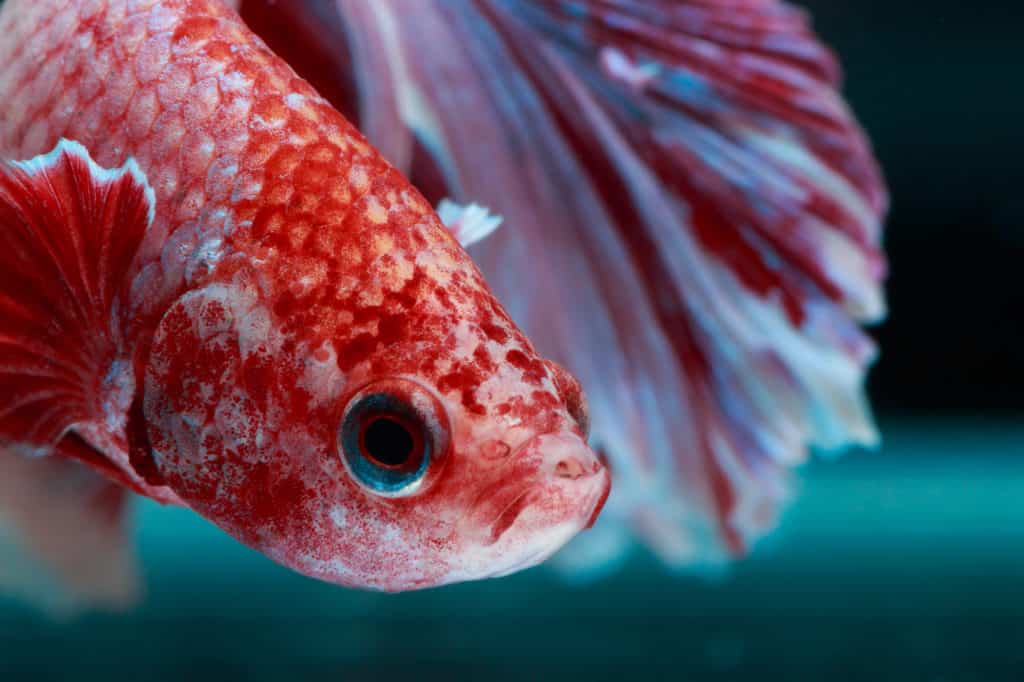
Oftentimes, dead fish is the result of your pets contracting an illness. Common diseases include parasitic infections such as ich and velvet disease, or bacterial disease such as fin rot. Both types of illnesses can lead to dropsy in betta fish, which is oftentimes fatal.
Another factor that makes your pet sick is ammonia poisoning. This can leave them gasping for air on the water surface, eventually causing suffocation. Whatever the nature of the illness may be, diseased fish need to be tended to immediately as this can quickly result in death.
Community Tank Stress
Although some female betta fish might do well in community settings, these tropical fish generally make poor choices for tankmates. As territorial creatures, bettas thrive when kept in a solo tank – they generally do not enjoy being around community fish.
Individuals that are housed in community tanks frequently die from being subjected to constant stress – especially if they have aggressive tankmates. Baby betta might even end up as a tasty snack for these fish.
On the flip side, the betta’s aggressive nature may cause it to lash out at its tankmates. If you spot dazed and half-dead fish in your tank, it may be time to reconsider making adjustments to your tank setup.
Poor Water Conditions
Poor water conditions can also be a cause of dead fish. Dirty water typically contains a lot of fish waste and leftover food which can accumulate and disrupt the nitrogen cycle. This places your beloved fish under extreme stress and can cause premature death.
In addition, certain bodies of water contain pollutants such as heavy metals and waste chemicals, which makes the water toxic for most aquarium fish. If you suspect that you may be using toxic water in your tank, perform a complete water change immediately and treat it with a water conditioner.
Sudden Temperature Change

One of the most common causes of dead fish is a sudden change in temperature. Bettas are tropical fish that need to be kept at 78-82 degrees Fahrenheit. Cool water temperatures can cause your pets to get shocked and eventually die from lack of oxygen or due to illness brought by stress.
It’s best to use a thermometer in the tank and make sure that it is not fluctuating. If your fishy friend is indeed housed in cooler water, try using a water heater to raise its temperature in a gradual, consistent manner.
Hereditary Issues
Genetic defects are another common reason deaths happen. These defects can make your pet sick more often – either due to an underlying disease that passes down from one generation to the next, a congenital issue, or even due to poor husbandry practices by the breeder.
If you frequently notice dead fish in your fish tank, it may be best to purchase one of higher quality breeders who do not engage in close breeding (i.e., siblings). This will go a long way in keeping your pet alive.
Overfeeding
Overfeeding is also another common cause. These tropical fish are carnivores and need to eat often, but overeating can make your fish sick and develop illnesses such as swim bladder disorder. This can spell death for betta fish.
Also, if they do not consume all the food you provide within a few hours, there will be uneaten food that can potentially contaminate your fish tank and cause dirty water. It is crucial to keep your aquarium water clean at all times, so you definitely want to avoid the aforementioned overfeeding if this is something you tend to do.
How Do Bettas Act When They Are Dying?
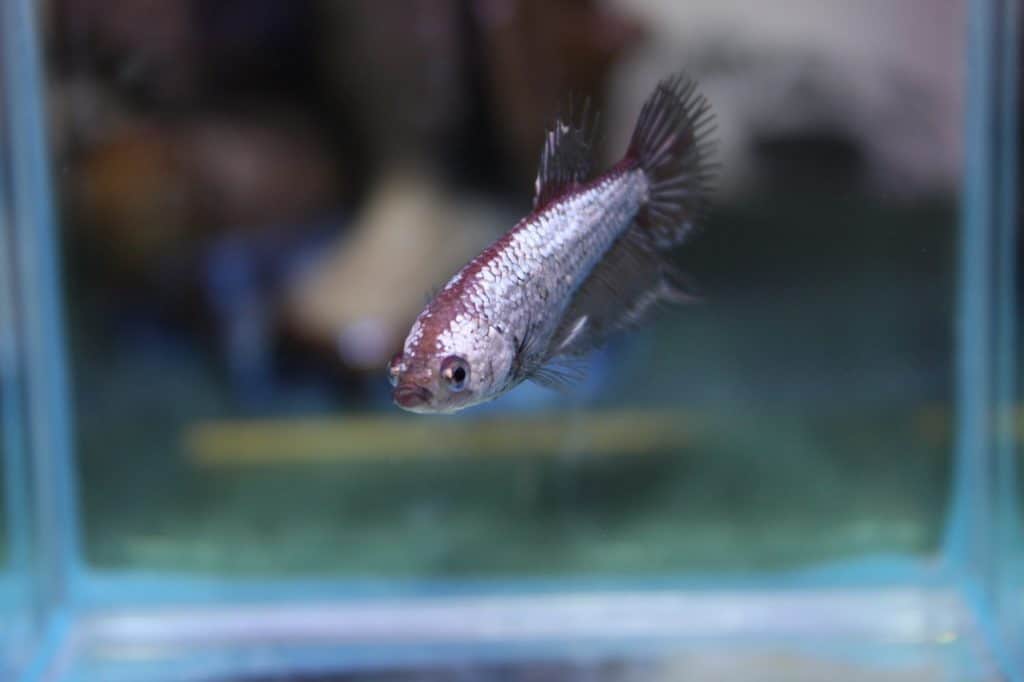
When bettas are on their way out, they typically behave in a certain manner. If your pet is gasping for air at the water surface or swimming erratically without direction, this may be a sign that it is suffocating from ammonia poisoning or some other illness related to poor living conditions.
In addition, it may start behaving in a lethargic manner. It may start laying on the bottom of the tank or on its side. Bettas are usually active fish that enjoy swimming around their tanks, so if your fish is less active than usual, it is time to observe your betta for signs of a more serious condition.
For example, your pet might start to develop lesions and red marks on their bodies. They may also begin swimming sideways or upside down close to the water surface. These are all common signs that your betta is dying, especially if you notice them in conjunction with other symptoms such as clamped fins and a lack of appetite.
How Can I Prevent My Bettas From Dying?
It is vital to keep your pet healthy before they develop serious conditions that can lead to death. Prevention is far easier than dealing with a dead pet fish – after all, dead is dead.
In order to take preventative action for your pet’s health, you need to make sure that the tank environment meets their needs. Here are a few key things to keep in mind:
Use Ideal Water Sources
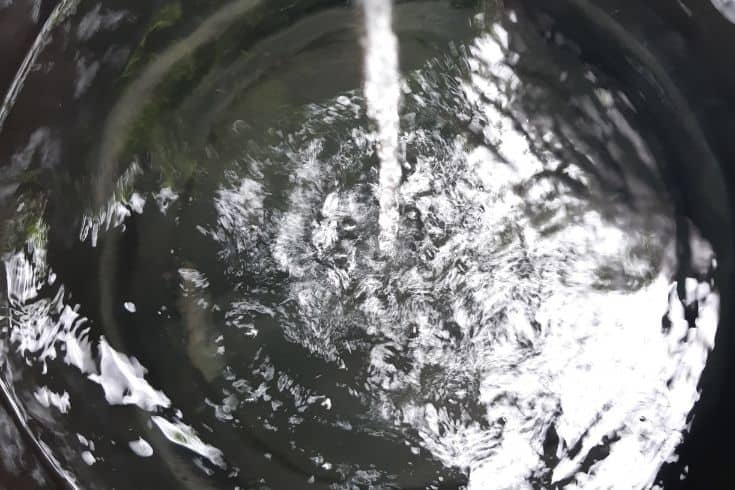
One of the best things you can do to keep your betta healthy is to provide them with clean water that meets their needs. This doesn’t just mean steering clear of dirty water. Bad water can refer to any body of water that contains harmful toxins, waste chemicals, and bacteria that can lead to death.
Many fishkeepers opt to use tap water for their bettas as it is readily available. This is absolutely fine, but you need to keep in mind that it usually contains chlorine and other chemicals that may be harmful. Therefore, if you intend to use tap water on your bettas, you need to first treat the water with a water conditioner and perform water tests to ensure that no harmful chemicals are present.
Some aquarists also opt for distilled water due to its contaminant-free properties. It is also completely chlorine-free, which is good for your fish. However, distilled water will need to be remineralized before it becomes an ideal habitat for pet bettas. Learn more about different types of tank water here.
No matter which type of water you opt for, the most important thing is to conduct regular water changes to keep things clean and optimal. Speaking of which…
Have An Aquarium Care Strategy
Want to know the secret to providing a comfortable life for your pet? Regular water changes! Fish keepers who house them in clean, calm water are most successful at providing these sensitive, delicate creatures with the happy life they deserve.
To avoid poor water conditions, you will need to perform a partial water change once per week. For example, if your tank is 30 gallons in size, you need to change out 15 gallons of tank water each week. By replacing part of the dirty water with clean water, you are ensuring that your little buddy has a healthy environment to live in.
Another thing you should do is perform regular water tests as part of your aquarium care strategy. This will keep aquariums water clean by making sure that ammonia and nitrate levels are under control. This is an essential part of betta care, as death can result if these toxins accumulate to dangerous levels.
Be Mindful Of Tank Decor

One of the most common rookie mistakes is overcrowding. It can be tempting to decorate your tank with lots of plastic plants to introduce some aesthetic appeal. You might even assume that a tropical fish like the betta will appreciate these features.
Unfortunately, too many artificial plants can be dangerous for your pet. Overcrowded tanks bring high levels of stress to your betta, which weakens their immune system and makes them more susceptible to illnesses. Most plastic plants also have sharp edges that may cause tears in their flowing fins.
Therefore, it’s important to decorate your betta’s tank with a few key items that meet the needs of your pet instead of merely filling up space. Driftwood, rocks, and other natural-looking decorations can make great additions, while fake plants should be avoided as they may suffocate or cut your betta.
Proper Nutrition Is Key!
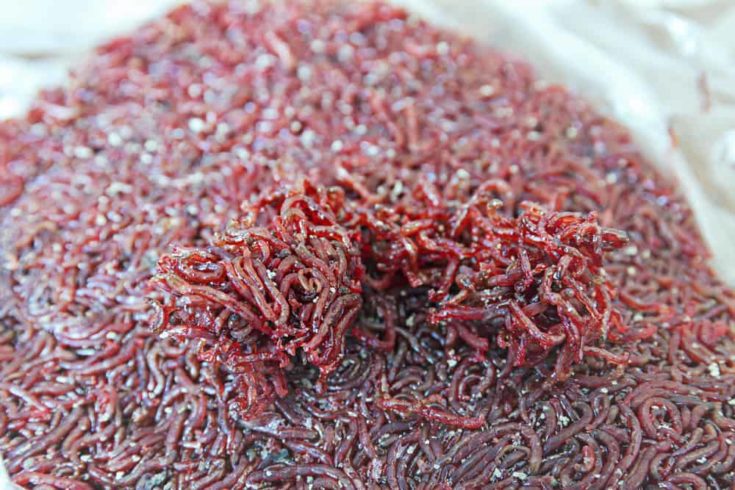
Last but not least, you should always provide your bettas with a healthy, balanced diet as this will go a long way in preventing premature deaths. Bettas are carnivores, so their main diet should consist of protein-rich foods like brine shrimp and bloodworms.
Betta pellets are an excellent staple food that you can use, but it’s important not to overfeed because this can cause death for betta fish. Many experts recommend feeding an eyeball-sized portion of food. If your fish flakes are on the smaller side, this will typically look like 5-6 pellets per day.
In addition, it is also beneficial to fast them one day per week. This helps to keep their digestive system in check and prevent constipation.
What To Do If You Notice Symptoms?
If you notice any signs or symptoms of a life-threatening condition, it is important to take action immediately.
Step 1: Start A Hospital Tank
The first thing you should do if you notice deadly symptoms is set up a hospital tank. Since dead bettas are usually victims of water-borne illnesses, you will need to reserve a separate quarantine aquarium where your sick fish can recover from their illness without infecting other healthy fish in the main tank.
Even if your pet was housed in a solo tank, placing them in a hospital tank will make administering chemical treatment easier. To keep water conditions ideal in this temporary setup, you should perform a daily water change of around 15%. Partial water changes are also beneficial because they offer a way of controlling ammonia levels.
Step 2: Perform Daily Water Changes For A Week
If your fish is suffering from dropsy, swim bladder disease, or constipation, you will need to perform a daily water change for one week. This treatment can help cure your pet although it may take some time before their symptoms improve.
The bad news is that dropsy can be fatal even if you keep your water clean. While there are no certain treatments for this condition; it’s important not to give up hope because bettas have been known to recover from dropsy under proper aquarium care conditions.
Step 3: Feed Your Betta Properly!
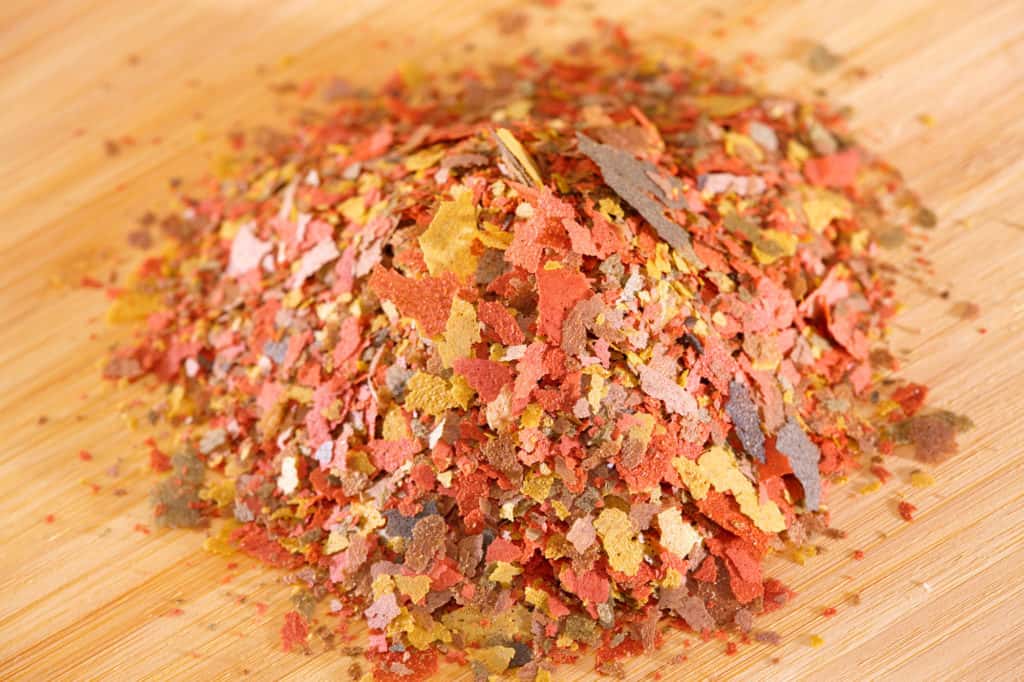
The next thing you should do is feed your bettas with high-quality flake food to give them the nutrients that will help speed up their recovery process. Make sure to use an eyedropper so that you can feed small amounts of food at a time without overfeeding.
Do note that sick fish might not be very active and may refuse to eat. If this is the case, simply remove uneaten food from the tank, and check in on your betta fish tomorrow to see if they are willing to eat them. Their appetite should recover once their symptoms clear up.
Step 4: Administer Chemical Treatment If Necessary
If you notice a visible parasite infestation, or if your pet is suffering from an illness that does not respond to daily water changes and proper feeding practices, it will be necessary to administer chemical treatment.
In this case, look for medications made specifically for bettas because they are less harsh than treatments designed for other species. The best way to administer treatment is by adding medication directly into the hospital tank.
If your pet seems stressed out and agitated after the medication has been added, remove them from the water for 30 minutes before putting them back in so they can calm down a little bit.
Step 5: Observe For Signs Of Recovery
If you follow the steps mentioned above, your bettas should recover with time. However, if their condition worsens or they stop eating for more than two days in a row, it might be necessary to contact an aquatic veterinarian for help.
FAQs
Do Bettas Float Or Sink When They Die?
Fish that have died will initially sink to the bottom of the tank. As their body decomposes, their bodies start to bloat because of gas buildup. Eventually, their swollen bodies will rise to the surface where they can be scooped out together with the water in which they died.
Does Putting A Dead Fish In The Freezer Bring It Back To Life?
No, this is just an old wives’ tale that originated from the scientific fact that cold-blooded animals can go into a state of torpor when they’re exposed to low temperatures.
While it may seem like you just brought your pet back from the dead, this is merely an optical illusion because their bodies will decompose in time regardless if they are kept frozen or not.
Do Bettas Play Dead?
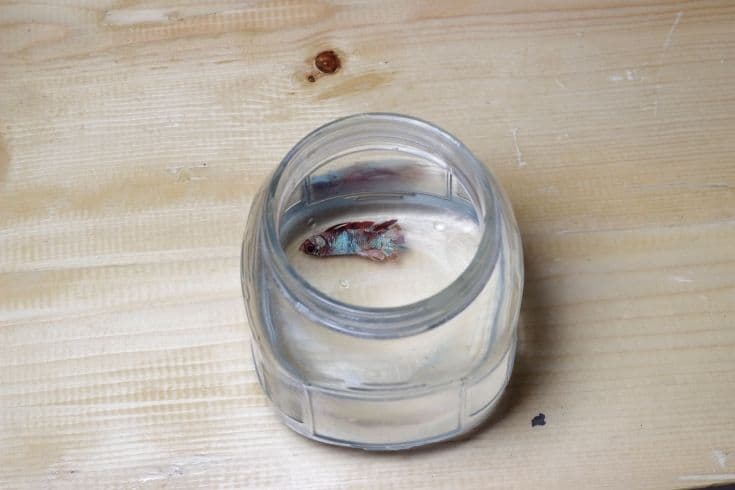
No, they do not play dead when they’re stressed out.
If you have a betta in an environment that is too small or dirty for them to swim around freely, then their instincts will tell them to conserve energy and stay still until the threat passes by. In this case, it might look like they are playing dead, but in reality, they’re just trying to stay alive.
Why Is My Fish Floating But Not Dead?
A fish that is floating but not dead will incline towards the surface of the water and they might seem more vibrant in color. While this may look like a sign of life, it’s actually an indicator that your pet has been weakened from trying to get oxygen from above the surface of their tank.
What To Do With A Dead Betta?
Remove the body from the tank as soon as possible so other pets or people in your household don’t accidentally eat it. You can do so with a fish net to avoid coming into contact with the decomposing body. Then, flush it down the toilet because they can carry diseases and parasites that are harmful to humans and animals alike.
Conclusion
Everyone adopts a pet betta with the best of intentions – they want to raise healthy fish that live long and happy lives. Unfortunately, even conscientious aquarists can make mistakes that put their beloved pets in harm’s way.
Thankfully, the most common causes of death are easily preventable – as we’ve outlined in this article. Simply follow our tips, and you’ll be well on your way to having a healthy pet!
Did you enjoy this article? Do let us know in the comments if there’s anything else you’d like to know, and we’d be more than happy to help! And as always, do share this article with a friend if you found it helpful. Thanks for reading, and happy fishkeeping!
